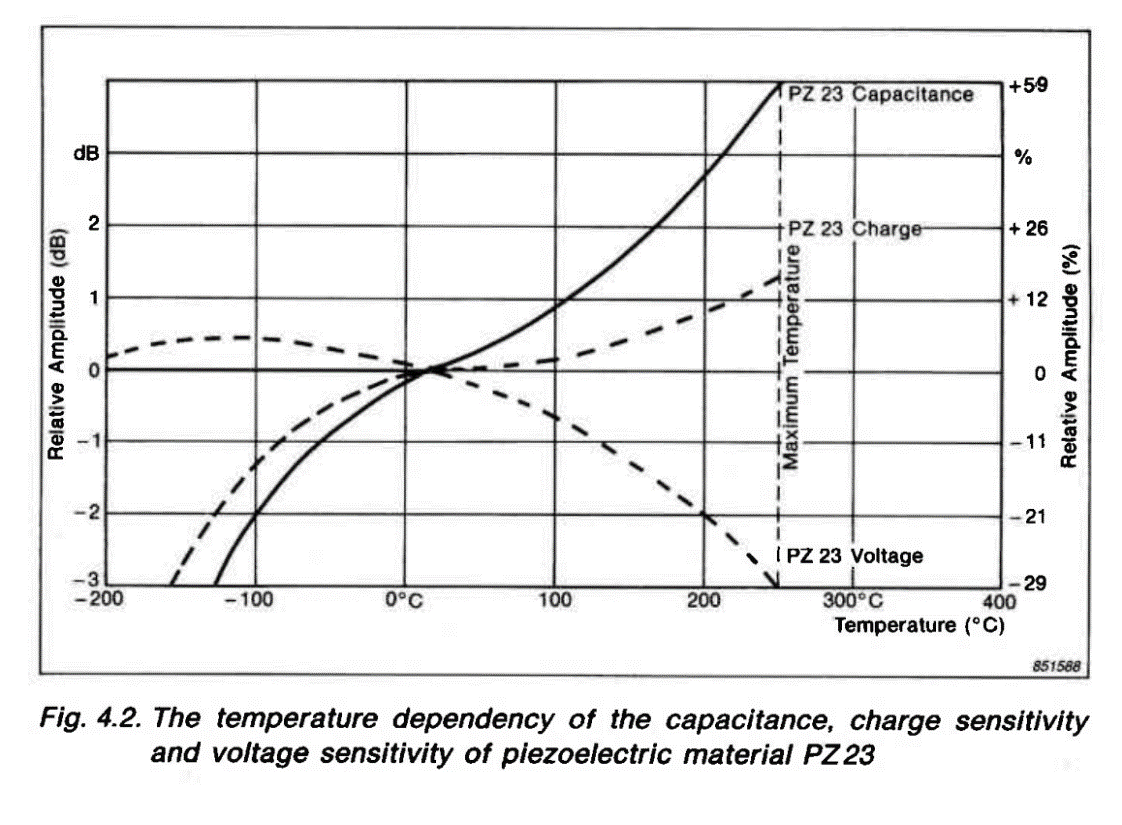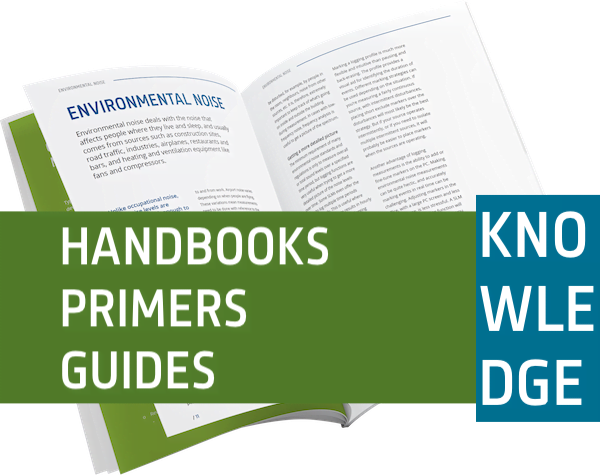“PIEZOELECTRIC ACCELEROMETER AND VIBRATION PREAMPLIFIER” HANDBOOK, PUBLISHED IN NOVEMBER 1987.
> DOWNLOAD PDF
Choosing an accelerometer can be a complex, often drawn-out process that demands careful consideration of numerous parameters – including the performance levels of your intended vibration preamplifier. But what are these two discrete devices and why are they interlinked in the measurement of acceleration?
The piezoelectric effect is the ability of some materials to generate electrical charges in response to mechanical stress. Intrinsic piezoelectric monocrystals like quartz develop a charge when force is applied, such as compression or shear deformation. Engineers exploit this effect by integrating piezoelectric transducers into complex sensors; accelerometers, for instance.
A piezoelectric accelerometer comprises multiple active piezoelectric elements coupled to seismic masses. These masses accelerate with the same magnitude as the base of the accelerometer over a broad frequency range; meaning the piezoelectric transducers can generate charges that are proportional to the acceleration of whatever surface the accelerometer is mounted on.
So, what do piezoelectric accelerometers have to do with vibration amplifiers? Unlike most other vibration transducers, piezoelectric accelerometers are used to measure any form of vibration, irrespective of frequency or time. Consequently, they are the most accurate, reliable, and versatile vibration transducers on the market. Yet they rely on vibration preamplifiers for direct signal transmission to data acquisition and analysis instruments.
In fact, vibration preamplifiers can perform several important roles in the piezoelectric transducer measurement chain. They can:
- Match the input sensitivity of the measurement instrument to the accelerometer output;
- Amplify the vibration signal to obtain a desired overall sensitivity;
- Integrate the accelerometer output to acquire displacement and velocity signals;
- Warn of overloads at both input and output;
- Reject undesired signals through low and high-frequency filtering.
When choosing a vibration preamplifier, you may opt for either a charge or voltage preamplifier. The former is usually preferred as sensitivity is unaffected by cable length. (Insert product image/s for vibration preamplifiers)
While we have narrowed down the best vibration preamplifier for most applications, we haven’t yet discussed the parameters to bear in mind when selecting a piezoelectric accelerometer.
Accurate vibration measurements can be inhibited by various extraneous inputs such as extreme temperatures, thermal cycling, humidity, transverse vibrations, high sound levels, and so on. There is simply no such thing as a vibration transducer that is immune to adverse environmental phenomena. So, you want to choose a system that accounts for these effects and minimises their input as much as possible.
Piezoelectric accelerometers can be used over a wide temperature range, but their charge/voltage sensitivities are temperature-dependent, which means impedance will occur above and below reference points.

Acoustic sensitivity is another critical factor for piezoelectric transducers as most vibration measurements are conducted in environments with high sound pressure levels, which can interfere with the accuracy of results.
Unless your piezoelectric accelerometer is completely sealed, it can succumb to changes in low-frequency responses due to moisture ingress in humid environments. These are merely a select few of the environmental effects that can dramatically impact the performance of your accelerometer.
Every Brüel & Kjaer piezoelectric accelerometer comes with a comprehensive list of specifications regarding their sensitivity to specific environmental phenomena. The methods of measuring these effects are described in international standards ISO 5347 (Methods for the Calibration of Shock and Vibration Pickups) and the American standard ANSI S2.11-1969 (The Selection of Calibrations and Tests for Electrical Transducers Used for Measuring Shock and Vibration).
We can guarantee optimum accelerometer performance with reliable operation at very high levels of vibration and no limit on the temperature range imposed by the mounting. Interested in learning more? Contact a member of the Brüel & Kjaer sales team today.
Piezoelectric Accelerometers
& Vibration Preamplifiers
- Full PDF edition of "Piezoelectric Accelerometers & Vibration Preamplifiers"
- Handbook published by Brüel & Kjær
- Introduction to piezoelectric accelerometers, and how to choose the right equipment for vibration measuremen.


Iscriviti alla nostra Newsletter e ricevi le informazioni più recenti dal mondo del suoni e delle vibrazioni


